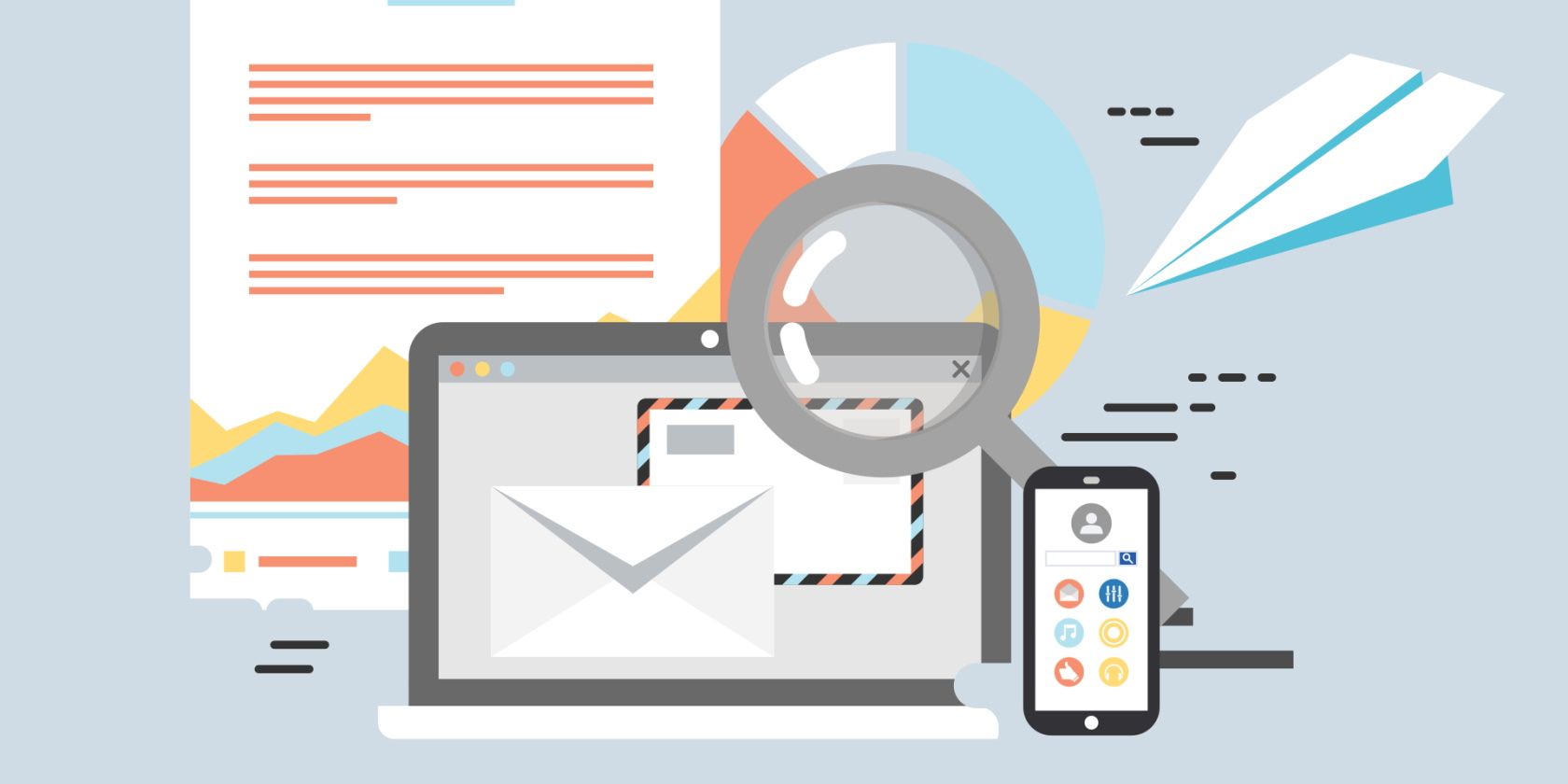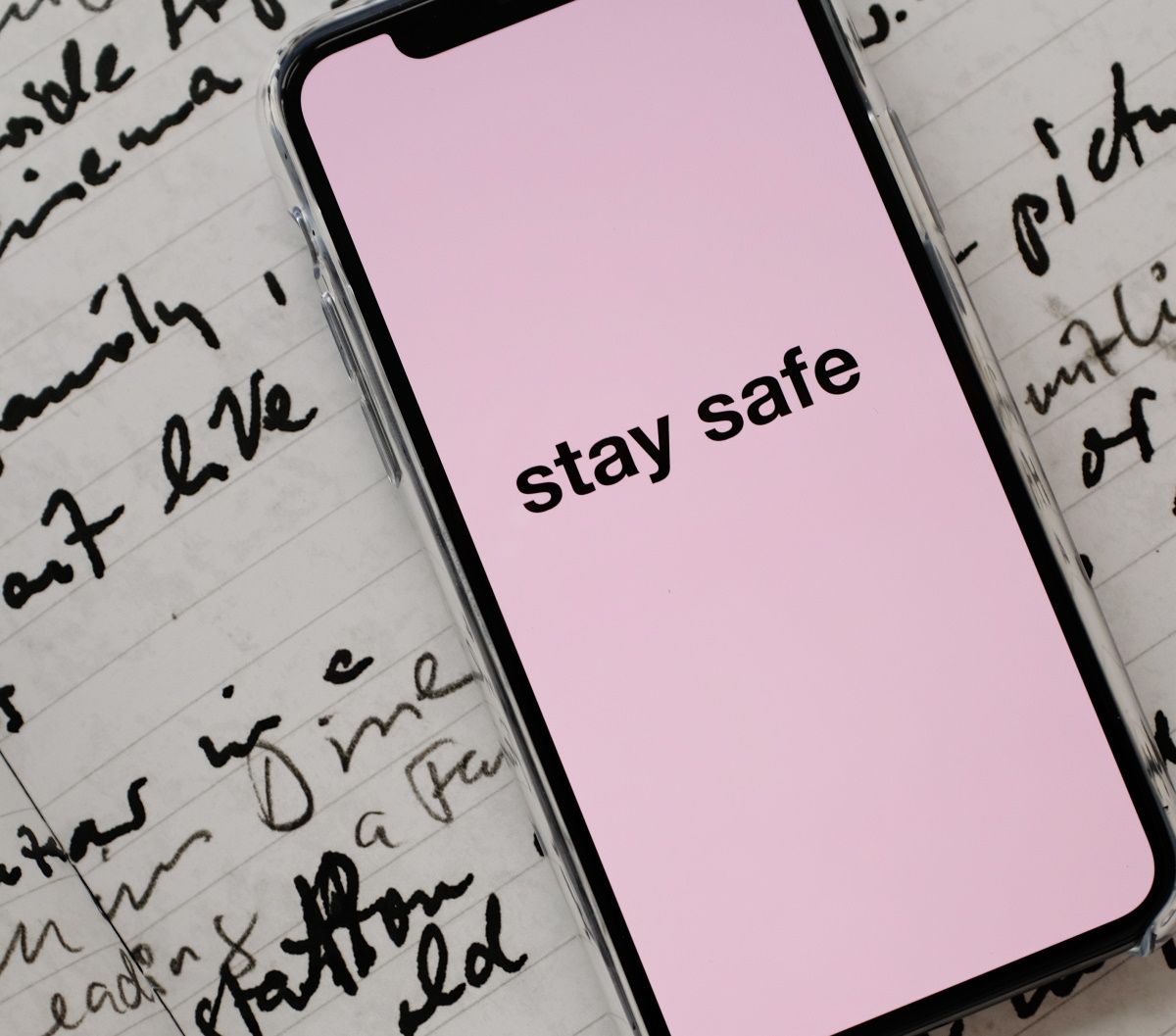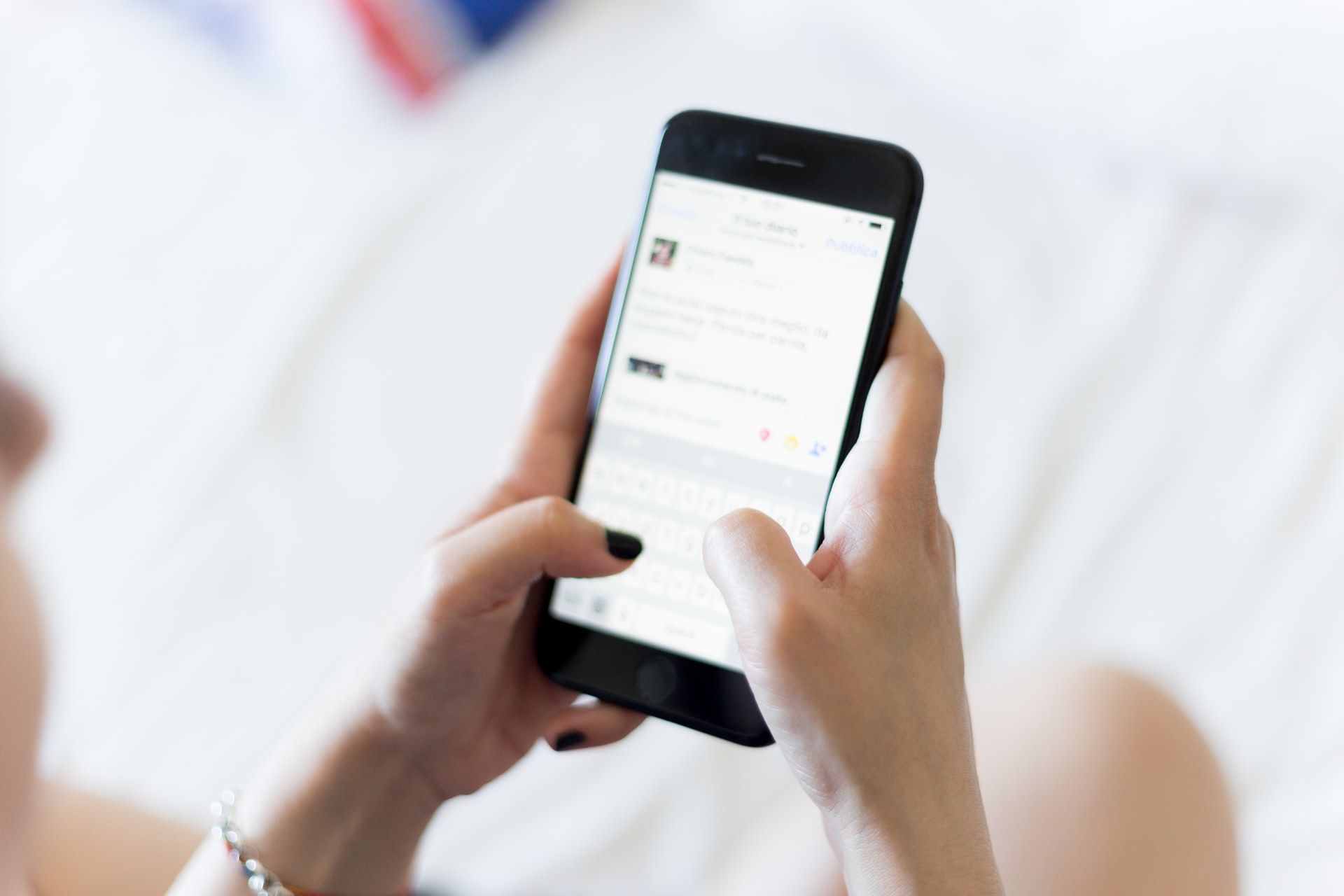We send and receive emails every day. Yet, we make embarrassing mistakes that we cannot quite “undo." So, writing an effective email that holds your reader’s action while being mindful of the challenges of our world can be tricky.
With that in mind, we have compiled a few essential rules you need to know when emailing people. Follow these simple rules to write better emails effortlessly.
1. Re-Consider Salutations & Sign-Offs
“Hope you’re having a great week!” used to be a wonderful way to start an email. Not anymore! Considering how uncertain life is, this can come off as careless and overly detached.
The same goes for sign-offs like “Regards,” “Best Wishes,” or “Cheers”—that worked perfectly fine before but can sound withdrawn from reality sometimes.
So, why not keep it simple and genuine? Go for sign-offs like “Stay Safe,” “Take care,” or “Sincerely.” As for salutations, “Hope all is well” or “Hope you and your loved ones are keeping safe” can be good starting points.
2. Include a Clear Subject Line
This email rule is as old as email itself. That’s because people often decide whether or not they would open an email based on the subject line.
With all our work now online, the need to prioritize what’s important and ignore what’s not is crucial. Hence, if you’re still leaving the subject line blank, chances are your email will be ignored.
The ideal subject line has less than 10 words. Choose one that addresses your concerns and communicates what the email is about. “Proposal for the Aviation Project,” “Meeting Rescheduled,” or “Quick Questions About Your Presentation” are some good subject line examples you can take a cue from.
3. Use a Professional Signature
Have a pre-figured signature block that you use to reply to emails on all your personal devices. It should have your name, your company title, and your contact information.
This gives your recipient a good idea about who you are and how to contact you if the need arises. When it comes to the font and size of your professional signature, ensure it is the same as the rest of the email.
Also, end your emails with confidence but don't go overboard with sayings or personal details.
4. Introduce Yourself If You’re Meeting for the First Time Virtually
We have all run into situations where we have had to email someone we have not met. Getting an email from a stranger can be odd. And that’s putting it lightly.
So, take a minute to introduce yourself to the email recipient. Context is critical, and first impressions still matter. So, add a line like, “Hi! This is Tracy from Multiseon Pvt. Ltd, and I’m emailing because you have expressed your interest in buying our electronic products”.
Or, when you’re being introduced to someone by email, you can also drop them a line saying how lovely it is to e-meet them.
5. Write Compassionate Emails
We cannot stress the importance of this one. Life is hard. Most of all, it is heavily uncertain.
Did they miss a deadline? Did they not turn up for that scheduled Google Meet? Before you send a stern email—stop and think it through. What if there’s a medical emergency?
Hence, be compassionate and inquire if everything is alright with them. An email like “We missed you at the meeting today. Just checking in to see everything is okay.” can build relationships that stand the test of time.
6. Compress/Resize & Name Attachments When You Can
We don’t talk about this email rule much because when sending out big attachments, we automatically assume our recipient has enough space. Big files take more time to download and can get annoying in no time.
Hence, make it a point to compress or resize them. If you’re sharing too many files at once, it's a good practice to add a polite note that tells what the attachments are for.
Also, name your attachments before sending them. Sending your CV? Rename the file as Tracy_Mackenzie_CV and start on the right foot.
7. Don’t Use Email as Another Instant Messaging App
The reason we all love instant messaging is that—it's instant.
But when you mix the two and use email as a substitute for instant messaging, you risk being annoying and unprofessional.
Hence, you must know when to send an email and when to follow it up with another. Don’t make the mistake of sending too many follow-up emails because they might be working from home. Don’t call someone up asking them to check an email either.
If it’s urgent, use another mode of communication.
8. Use Humor to Heal, But Sparingly
While many are using humor to lighten the mood in these extraordinary times, the problem with using humor in emails is it can backfire.
If you want to use humor in an email, do so only if you know the person well. You don’t want to come off as disrespectful or rude if someone is in a serious situation. Besides, what sounds funny might not read funny.
Word to the wise: If you are in doubt, it is best to leave it out.
Set Out-Of-Office Replies and Improve Your Work-Life Balance
While emailing people these days, you should also be mindful of the hours. With work-from-home lifestyles gaining traction, the boundaries between work and our personal lives have been blurred. Out-of-office replies make it easy to understand when someone is available for a meeting or respond to an email.
Look into your email client's settings and configure autoresponders when you’re away or not at your desk. For example, Gmail calls it the Vacation Responder, while Microsoft Outlook uses Out of Office Replies.
We hope these golden rules of writing effective emails and the right email habits help you save time and craft the right responses.




